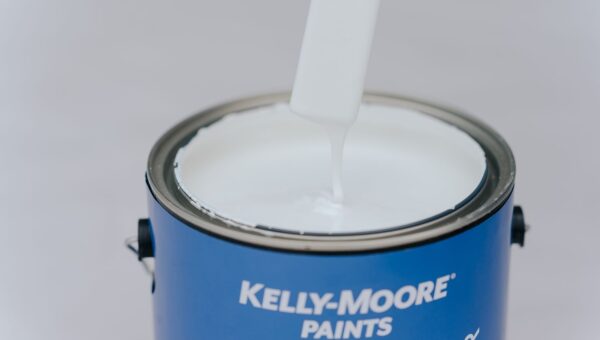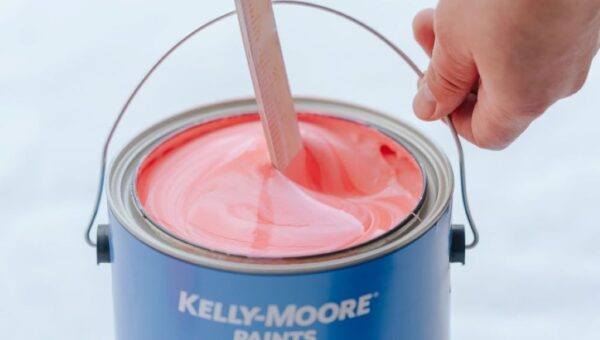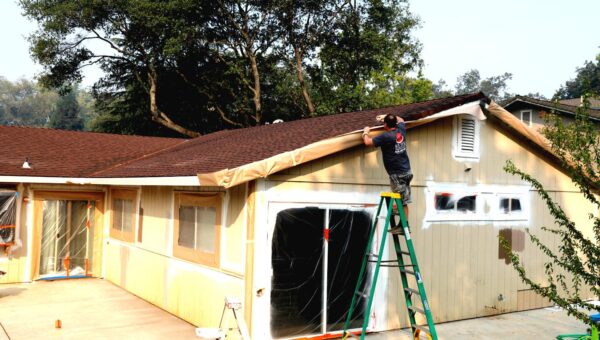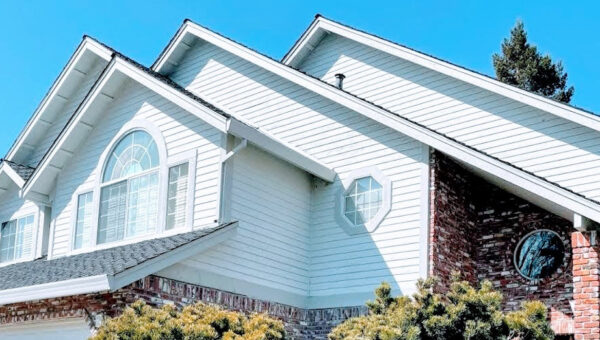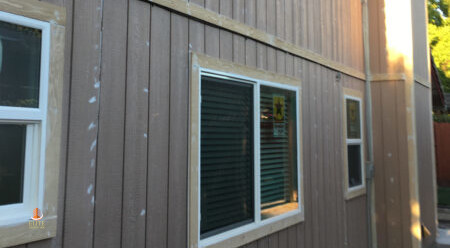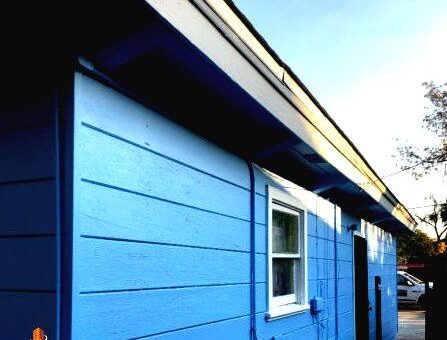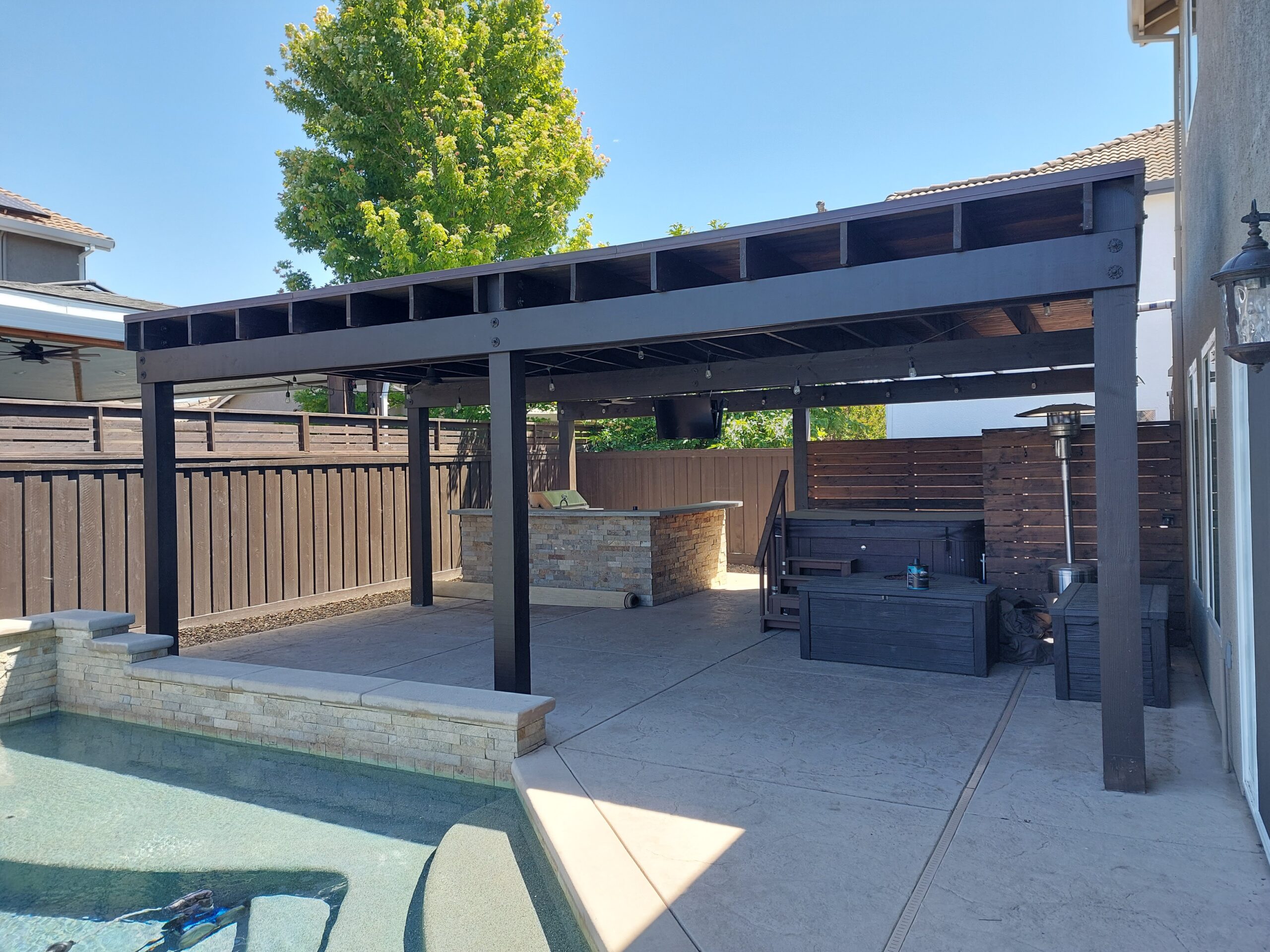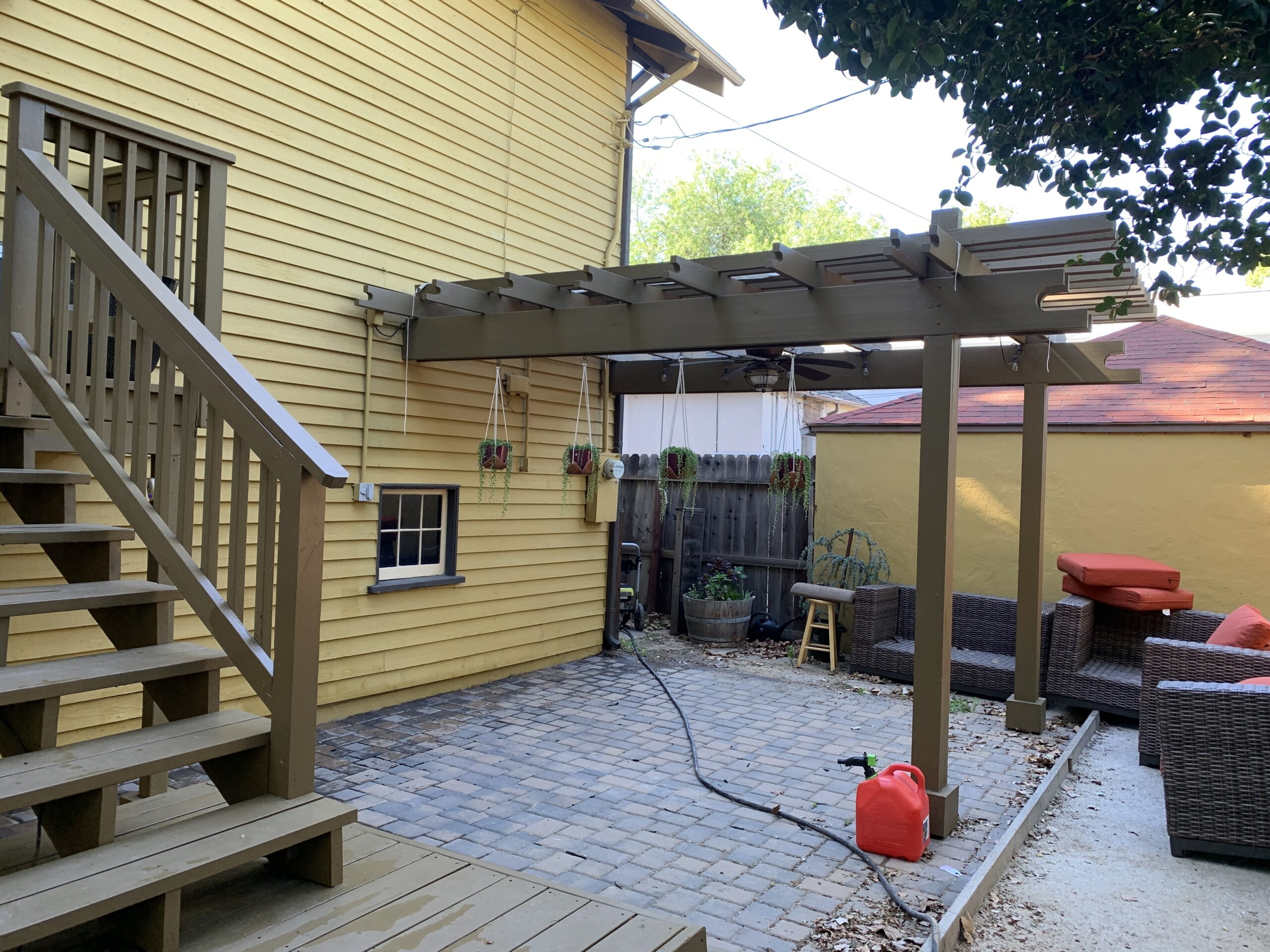Painting your home can be inconvenient and time-consuming, but it’s easier. It’s a good investment that extends the integrity and good looks of what, for most people, is their single most significant asset.
Paint is your house’s first defense against the elements, and the first impression guests and potential buyers receive. Here are eight signs it’s time to paint a house.
1. Flaking, bubbling, or cracking paint
These signs often signal dry rot, wet rot, or mold caused by failed weatherproofing. Intense sunlight, harsh winters, extreme humidity, storms, blowing sand, and ocean breezes can contribute to the damage.
2. Hardened caulk
Most caulks are designed to expand and contract along with your house. As your home is exposed to extreme weather cycles (think sunny days and freezing nights), caulking will lose elasticity. If the beads are hard and resistant when you press down, it’s probably time to call an expert to re-caulk and check for damage.
3. Fading paint
Sun bleaching is common, and dark hues fade faster than paler shades. However, flagging on shady sides of the house indicates problems with the vapor barrier or water intrusion. Look for seemingly mysterious stains dripping down on the paint. If water-soluble materials designed for home interiors end up outside the house, water leaks are a sign. If you can’t pinpoint the source, call an expert.
4. Patching stucco
To minimize costs without re-stuccoing the entire house, patch stucco cracks and repaint the whole house. Otherwise, homeowners will be left with streaks or a patchwork from paint that doesn’t quite match.
5. Because the paint color morphed
UV rays cause the paint to fade and, sometimes, transform to an undesired shade after painting. Beige can transform to pink in a matter of weeks. To prevent that, make sure the paint is an exterior grade that can withstand UV effects.
6. To boost curb appeal
If the house looks faded, the trim no longer stands out, or there is nothing to make the house ‘pop’ against its surroundings, a fresh coat of paint usually will do the trick, making it look fresh and allowing the value of the home to increase.
7. If your house is new
Typically, contractors spray one coat of paint over pre-primed wood. That primer minimizes warpage at the lumber yard but generally is insufficient to prevent swelling or shrinkage. If possible, prime the wood before it is installed. Then plan on painting a new home within five years to ensure a good layer of protective paint before much damage has occurred.
8. Before painting chips or peels
Don’t wait until paint chips are visible from the street to repaint. Painting your house early minimizes damage to the home’s exterior and minimizes the need for preparatory work, like scraping flaking paint, caulking seals, or replacing wood. Minimizing the need for prep work lowers painting costs.
Most homes need to be painted every 7 to 10 years, but the actual timeframe varies by material and region. For example, cement fiberboard siding needs repainting every 10 to 15 years, but more traditional cladding needs painting more often. In areas with intense sunlight, stucco, vinyl, or aluminum siding should be painted about every five years. Wood siding may need to be painted every three to seven years. In regions where sunlight is less intense, paint should last four to 10 years on wood and 20 years on vinyl or aluminum siding.




